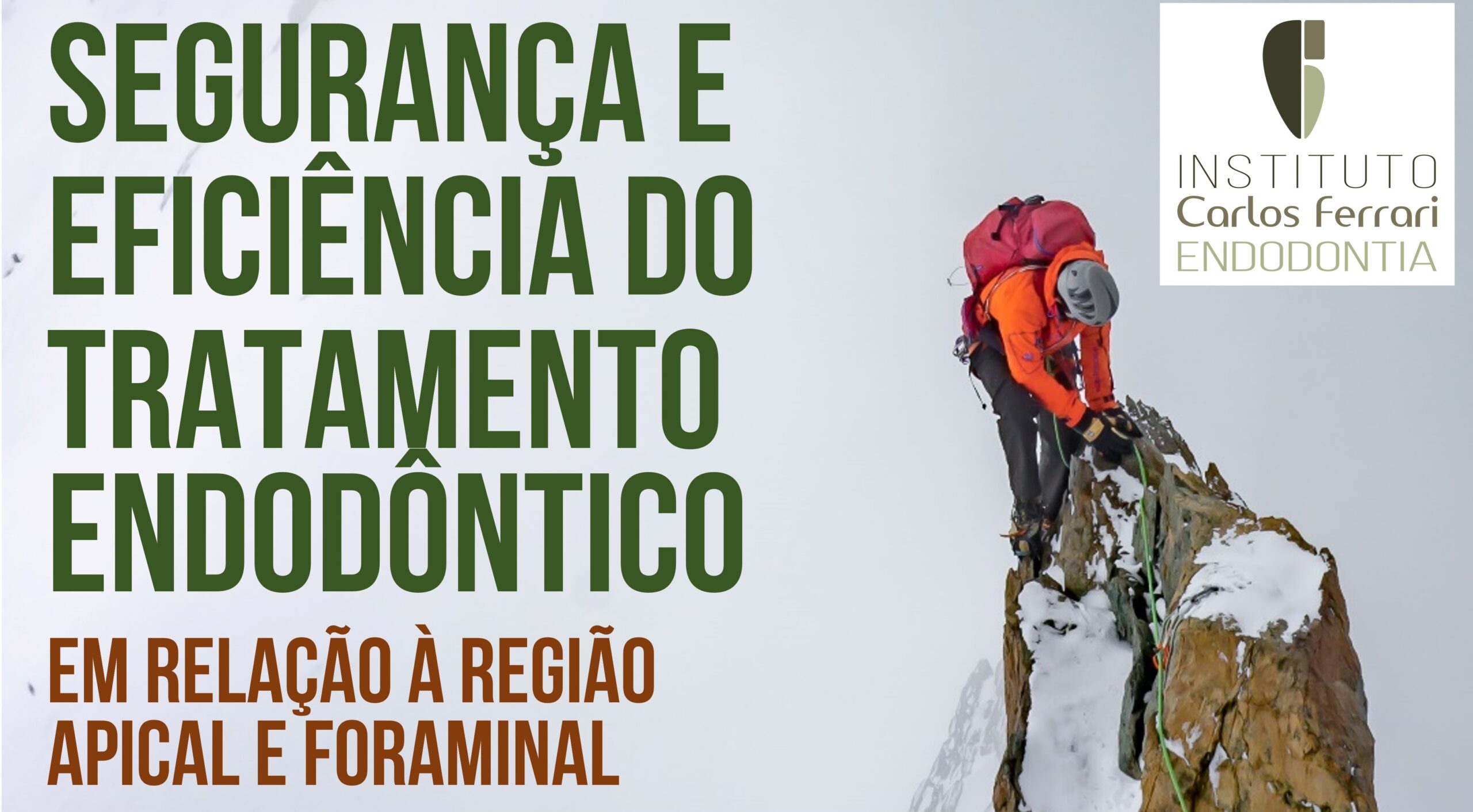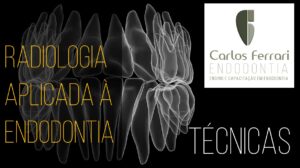Safe endodontic treatment. Summary of the lecture during the Endodontics Meeting of Prof. José Luiz Lage-Marques, University of São Paulo.
Safe endodontic treatment in relation to the foramen and extraforaminal procedures, apical patency and foraminal widening.
In: Ferrari et al. Three Dimensional mapping of the root apex: distances between apexes and anatomical structures and external cortical plates. Braz. Oral Res. 2021;35:e022.
IntroductionTooth pulp can be injured due to a variety of irritants, and rootcanal treatment (RCT) may be indicated in some cases to restore teethwellness.1,2,3 However, teeth are positioned near sensitive anatomical structures, such as the maxillary sinus and mandibular canal4,5,6,7,8,9,10,11,12,13,14,15,16,17 and the buccal and lingual cortical plates.4,7,10,14,18,19,20,21,22,23 Thus, the endodontic diagnosis and treatment planning of such cases requiregreater attention by the endodontist. Chemical, physical and biological injuriesaffect these sensitive anatomical areas during rootcanal treatment, ranging from minor severity withspontaneous resolution to more severe accidentsrequiring surgical intervention, including sodiumhypochlorite overflow, endodontic instrumentfracture, debris and obturation cement extrusion, andlabio-mandibular paresthesia, among others.24,25,26,27,28A technique of particular concern is apical foramenwidening, which allows a great amount of chemicaland mechanical intrusion in the periapical area duringinstrumentation,29,30 whereas instrumentation shouldnot advance beyond the apical foramen.31For many years, an electronic apex locator wasconsidered an accurate device to locate the rootapex.32 However, it was proved that this accuracywas affected by the proximity of teeth to certainanatomical structures.33,34Periapical radiographic examination is usuallyused during the diagnosis and treatment of theroot canal; however, it does not provide an adequateestimate of the apical position anatomically.35 Conebeam computed tomography (CBCT) is the mostuitable resource, since it provides a three-dimensionalview of the dental anatomy, and its relationshipwith adjacent anatomical regions, thus enablingoverlapping structures to be viewed and eliminatingimage distortions.36This inaccuracy in determining the root canalworking length, and the distance between the apicalforamen and the close anatomical structures mayresult in injury to these structures. Therefore, the aim of this study was to determine the mean distances between the apexes of the maxillary posterior teeth and the inferior wall of the maxillary sinus, determine the mean distances between the apexes of the mandibular posterior teeth and the superior border of the mandibular canal, and measure the proximity between the root apexes of whole teeth in relation to the adjacent cortical plates.
In: Abra et al. Ibero-American Journal of Humanities, Sciences and Education-REASE. Ibero-American Journal of Humanities, Sciences and Education. São Paulo, v.8.n.03.mar. 2022.
INTRODUCTION Sodium hypochlorite (NaOCl) was first recognized as an antibacterial agent in 1843; hand washing with hypochlorite solution among patients produced abnormally low rates of infection transmission. The most widely used irrigant today is sodium hypochlorite (NaOCl). It was first indicated as an antiseptic solution by Dakin in 1915, for cleaning and disinfecting the wounds of World War I soldiers, and is now in common use all over the world (BORRIN et al., 2020).Its use subsequently spread to other areas, especially in root canal irrigation.
This substance is found in concentrations of 0.5% to 5.25% and has important properties, such as antimicrobial action, the power to dissolve organic matter and deodorizing capacity (GRAÇA, 2014). NaOCl is used as an endodontic irrigant because it is an effective antimicrobial and has tissue dissolving capacity. It has low viscosity, allowing easy introduction into the canal architecture, acceptable shelf life, readily available and inexpensive. The toxicity of its action on vital tissues and the corrosion of metals constitute its main disadvantages in dental use (SALUM et al., 2012).Sodium hypochlorite reacts with fatty acids and amino acids in the dental pulp, resulting in the liquefaction of organic tissues.
There is no universally accepted concentration of sodium hypochlorite for use as an endodontic irrigant. The dissolving action of hypochlorite on bacteria and tissues increases with its concentration, but is accompanied by an increase in toxicity. The concentrations used vary by 5.25% depending on the dilution and storage protocols of each professional. Solution heaters are available to raise the temperature to 60°C. Raising the temperature of a hypochlorite solution increases bactericidal and pulp-dissolving activity, although the effect of heat transfer on adjacent tissues is uncertain (FREITAS et al., 2020).At high concentrations, NaOCl causes hemolysis, ulceration, inhibition of neutrophil migration, damage to fibroblast cells, facial nerve weakness and necrosis after extrusion during endodontic treatment.
As a bleaching agent, accidental spillage of this agent can damage clothing and soft tissues. Accidental introduction of sodium hypochlorite beyond the ductal system can result in extensive soft tissue or nerve damage and even damage to the airways. Thus, the depth to which the irrigation cannula penetrates the canal, the volume and frequency of irrigation are aspects that influence the competence of the irrigating agent (SOARES et al., 2007).Despite possible accidents and complications, it can be said that sodium hypochlorite (NaOCl) represents the "gold standard" for endodontic irrigation.Root canal irrigation is a key sequence in the success of endodontic treatment. Due to its antimicrobial and biological tissue-dissolving properties, sodium hypochlorite (NaOCl) is the most effective irrigant and naturally the most widely used (TRAVASSOS et al., 2020).
Preventing accidents in endodontic irrigation





